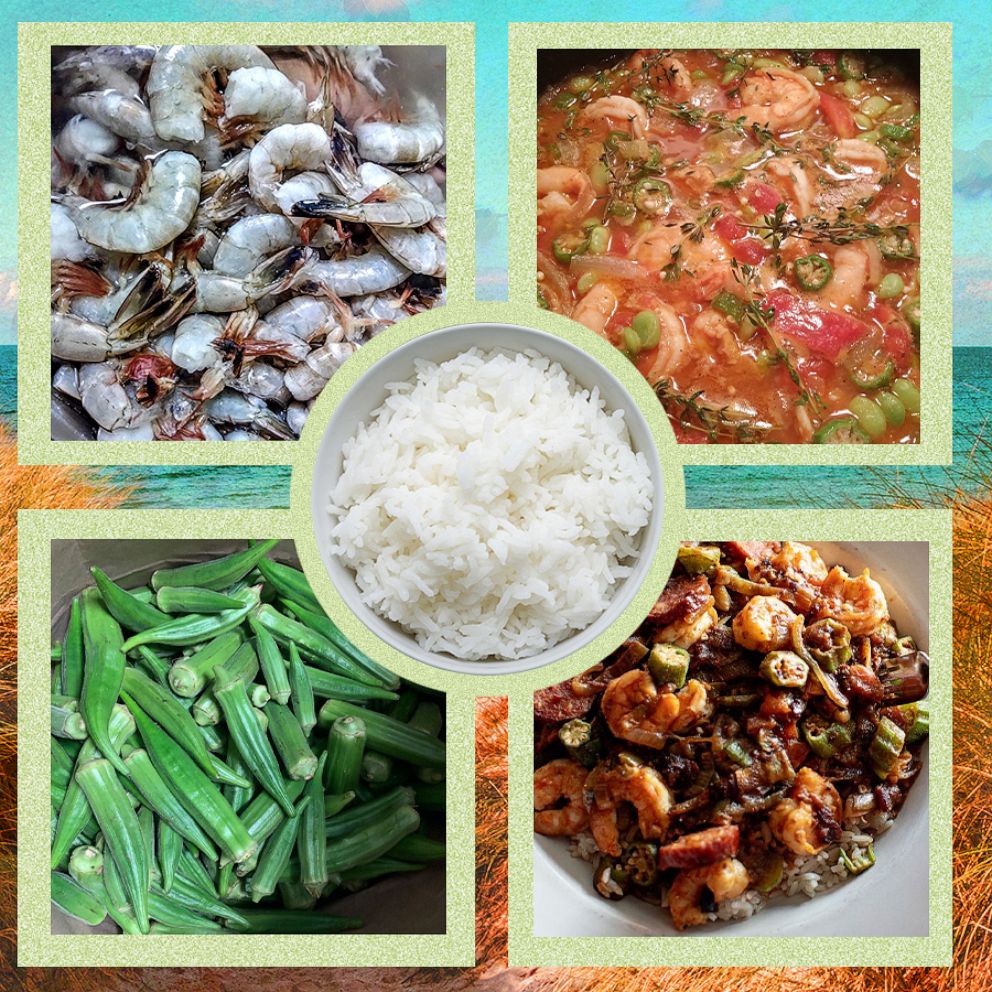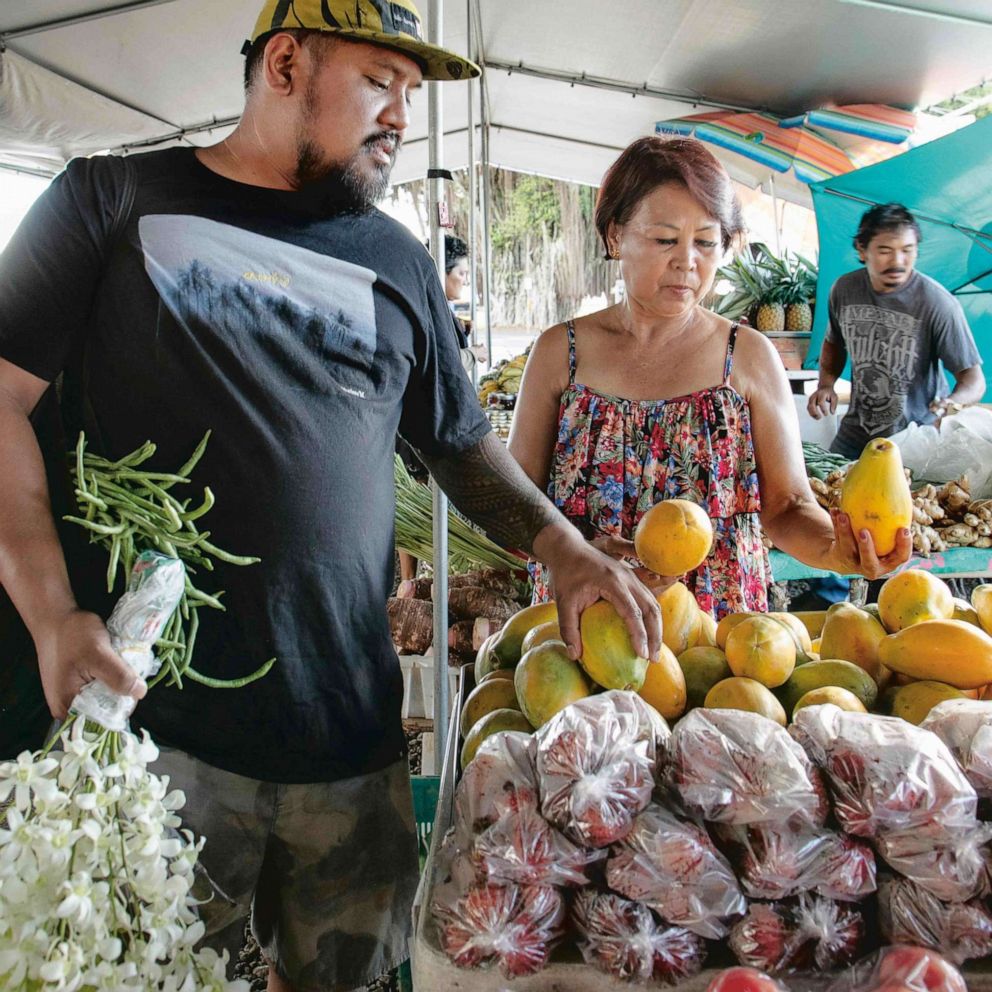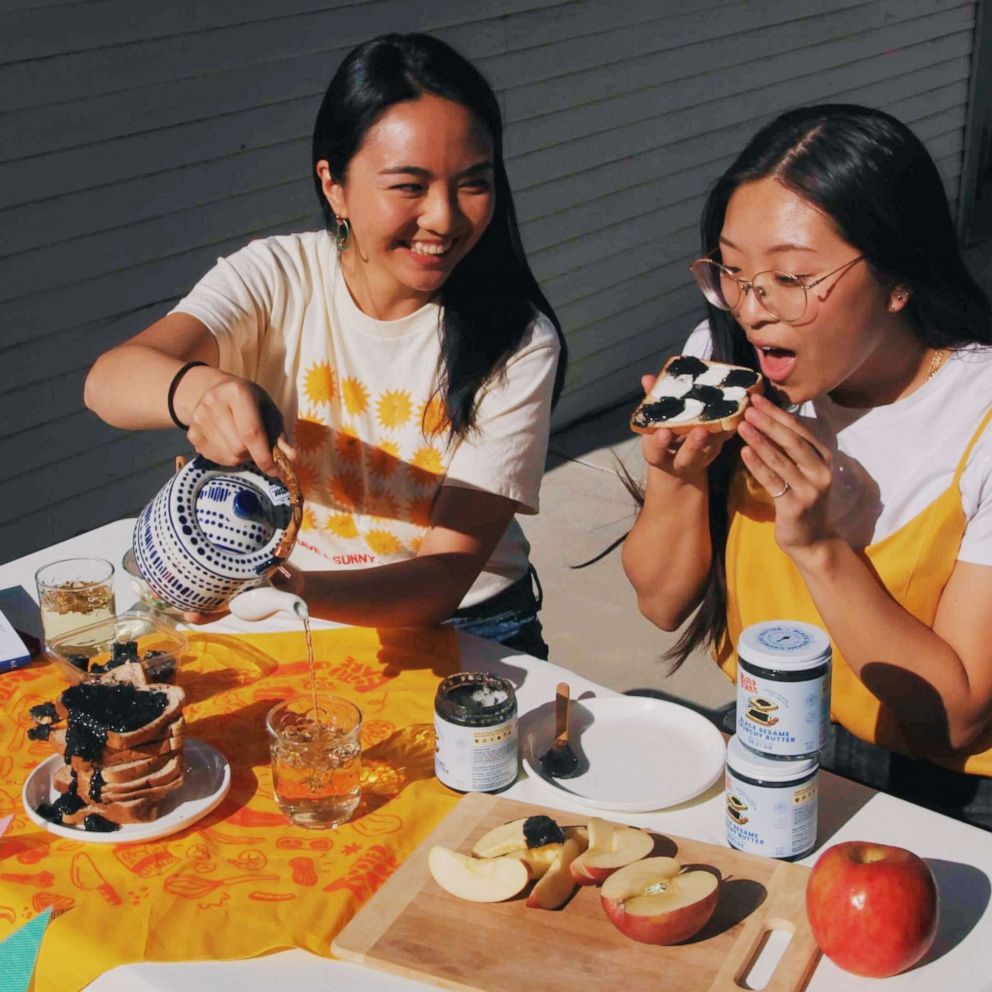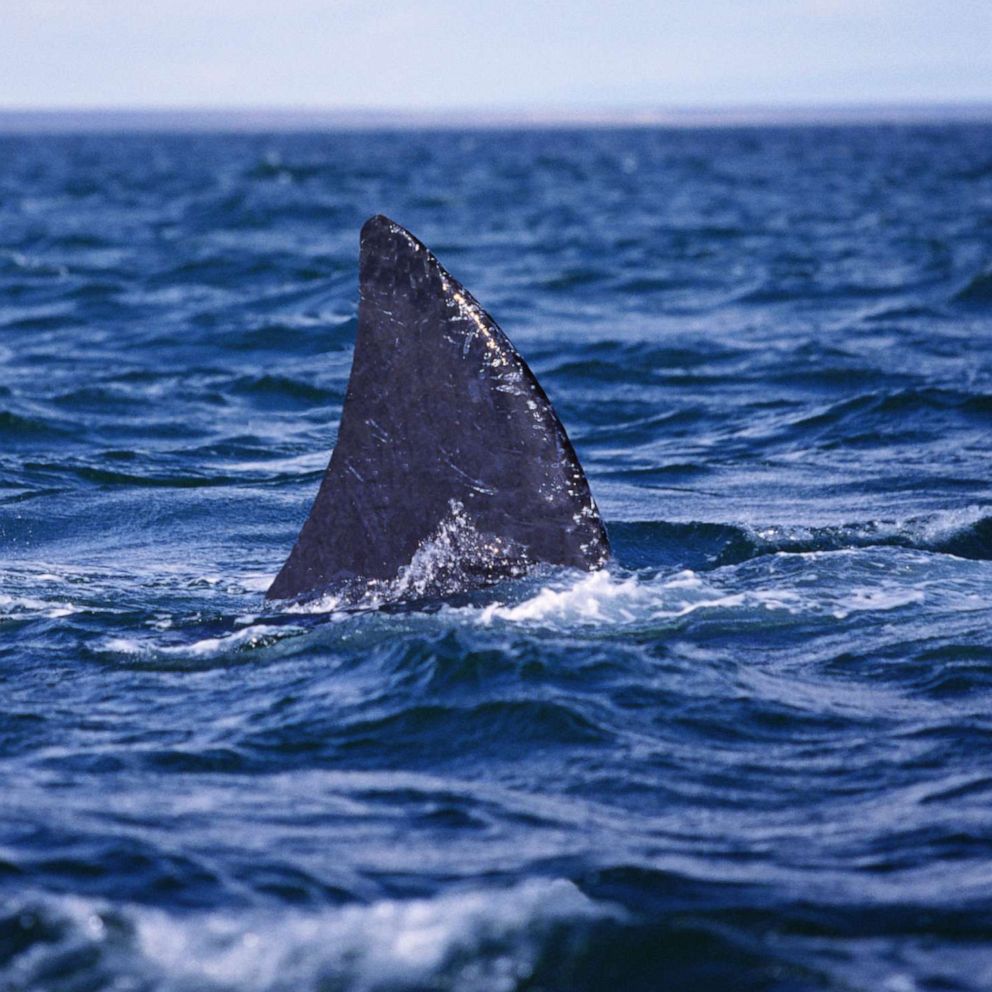Children's author sets out to connect kids, families to ancestors and heritage through food
Check out a glimpse of "What Did My Ancestors Eat?" by Quinn Miller Murphy.

Food is more than just sustenance. Often, it's a slice of one's heritage that celebrates cultures through cuisine and can ultimately be passed down -- and eaten -- across generations.
In her new children's book, "What Did My Ancestors Eat?", author Quinn Miller Murphy weaves a tasty, educational adventure that delves into the harmonious blend of food and family.

The 16-page book, illustrated by Jill Thalman, follows a curious mixed-race, multi-ethnic child as they uncover secret stories hidden within delicious dishes to depict how foods evolve over time and to encourage families to discuss their cultural foods in a concrete way.
"Whether you have the same cultural background as the child in this book is less relevant than the spark that it holds to start early discussions of culture and community, which can instill a sense of pride and connection to family," Miller Murphy told "Good Morning America."
She added that this book "is a primer in ancestry in a way that is concrete for children, where we talk about our parents' parents and their parents' parents. They made a certain food with specific ingredients, and that was passed down, changing as people moved around the globe, and today we still make similar foods -- that is just how close we are to our ancestors."

Miller Murphy said she believes "there are two parts of the cooking and eating experience that make it a unique window into a culture."
"The first is the human connection that comes from cooking a meal together, or sitting down to eat a meal together," she said. "The second is the actual ingredients in food. When you eat a meal whose ingredients have been passed down through generations, you can learn so much about where those people come from. Why is a certain grain at the center of most meals? What does that say about the land and what could grow, or what the typical day looked like for someone growing and caring for that food? What vegetables or meats are included, and what does that teach us about the political history of those people? Any plate could be the first chapter to a history book."
Passing down recipes and cooking these foods helps ensure "culture is preserved," she added. "When we don't know the names or hold the birth certificates of our great- great-grandparents, recipes somehow seem to persist."
The educator-turned-editor, who was brought up in a mixed-race household, told "GMA" that her eating disorder, as well as an examination of her own ancestry, were the catalysts for creating this story.
"I was diagnosed and went into an outpatient recovery program [in early 2020]," Miller Murphy said, which is when she said she overhauled her connection to food and relearned "how to be mindful, non-judgmental, and flexible in how I viewed food."
"Being mixed, a family tree is a stark visual representation of the attempts to erase Black history," she continued. "Examining ancestry, trying to find connections to lost lineages, and relearning how to cook and eat freely without judgment made me consider the foods I'd been around growing up."

"It was so important to me to write a story that really said, 'It's OK if you don't know every detail, you can still connect to those people.' Thinking about the foods that I grew up around, I realize now how much the push for my white side to assimilate has disconnected us from those cultural recipes."
Miller Murphy said she found food to be the most compelling way of understanding culture, and said she's seen people explore "foods of other cultures as a way to learn more about their people, as well as other historically marginalized cultures."
"Seeing this story come to life, and the response that it has received, is unbelievable," she said. "Growing up, I didn't have the opportunity to read books or see characters that had my cultural background. A story of food and ancestry with a mixed-race child at the center wasn't even something I considered could exist until I got to high school, when I realized that it didn't."
She added, "I hope this book is another tool for families to discuss what it means to be mixed."

Miller Murphy hailed and thanked Thalman, who she said "took the idea and truly created visuals that are far beyond anything that I could have imagined."
"Seeing bright, fun, engaging art is crucial for a child's engagement with any picture book, and every detail in the story is there to be a conversation starter. I want people to look at the foods in the book and be inspired to talk about or even cook their own cultural foods," she said.
Today, Miller Murphy cooks tons of recipes with potatoes, which hearken back to her European roots on her mother's side, and draws on spices and Southern classics like her favorite family recipe, gumbo, to celebrate her Black and African ancestors on her dad's side, who came from West Africa and lived in New Orleans for generations.
"In my grandparents' kitchen, I learned about the holy trinity of Cajun cooking -- how to devein shrimp, and the right ratio of water to rice," she shared, adding that her love of gumbo, despite being a vegetarian, "is a testament to how we connect with food beyond eating it, because I don't believe I've ever actually eaten my grandpa's or dad's gumbo."
"There is so much more to cooking this recipe that makes it my favorite," she said. "I have vivid memories of hearing chopped onions tossed into a searing hot gumbo pot, one that I couldn't even see into without being propped on someone's hip. The smell of shrimp and sausage cooking, running through the kitchen after my cousins, and being yelled at to stop running through the kitchen. All of my favorite family foods have just as much to do with the gathering as they do with the plate."
By clicking on these shopping links, visitors will leave Goodmorningamerica.com. These e-commerce sites are operated under different terms and privacy policies than Goodmorningamerica.com. ABC will receive a commission for purchases made through these links. Prices may change from the date of publication.








